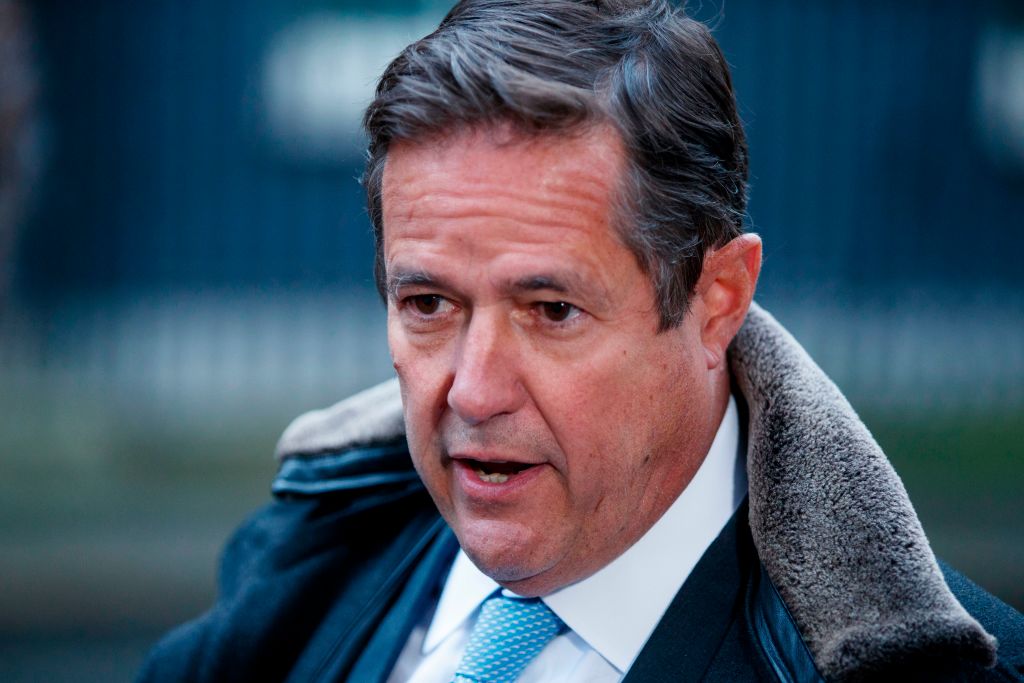Barclays braces for pandemic blow with extra £1.6bn cushion

Barclays has set aside £1.6bn to insulate itself against further loan losses in the coronavirus-hit second quarter of 2020, it revealed today, a higher sum than analysts expected.
Bank forecasts had pointed to a £1.42bn total but the £1.6bn figure for April to June brings Barclays’ total provisions to £3.7bn.
That sum could reach £5.79bn for the full year, based on analysts’ predictions.
The figures
Half-year pre-tax profit more than halved year on year, from £3bn in 2019 to just £1.3bn in the first half of 2020.
And UK profit before tax slumped 76 per cent to £359m, missing a £491m analyst forecast.
Provisions Barclays made against bad debts totalling £3.7bn outweighed an improvement in revenues at its investment bank.
Barclays’ CET1 – a key measure of banks’ financial resilience – rose from 13.9 per cent this time last year to 14.3 per cent, above minimum requirements.
Investment bank income increased 35 per cent to £6.97bn, driven by market volatility.
Barclays’ Return on Tangible Equity (RoTE), a key measure of profitability, slumped from 9.1 per cent this time last year to just 2.9 per cent.
Meanwhile credit impairment charges deepened dramatically, from £510m in 2019’s half-year to £2.67bn in the six months to 30 June.
Why it’s interesting
Barclays’ share price sank 3.7 per cent to 107.7p as a result of the unexpected rise in pandemic provisions.
But stripping that out, the bank would have seen profit jump to around £5bn as chief executive Jes Staley praised his investment banking arm.
“While the remainder of 2020 will be challenging, our diversified model means we can remain financially resilient,” chief executive Jes Staley said.
“The reason that we have been able to support the economy as extensively as we have and remain financially resilient is because of our diversified universal banking model. Even after impairment, we remain profitable.”
Barclays’ investment bank bolstered its trading income by 31 per cent amid huge market volatility in the first half of 2020. That left investment banking income at £6.93bn, strengthening Staley’s argument for the unit, which activist investor Ed Bramson has pressured Barclays to sell.

But Richard Hunter, head of markets at Interactive Investor, said the coronavirus’ economic fallout crimped the spike in investment banking income.
He also pointed to pressure on Barclays’ RoTE and profit, as well as a steep 21 per cent slump in consumer, cards and payments income.
“Tepid GDP growth will put further pressure on individuals and businesses trying to recoup some of the losses incurred during the pandemic and in any event, the likelihood is that interest rates will continue to remain at historic lows, putting margins in something of a straitjacket,” Hunter added.
Staley said the bank would make a decision on when to pay future dividends at the end of the year. The Bank of England is mulling extending a suspension of banks’ dividends to ensure they remain well capitalised as the coronavirus crisis drags on.
“We may experience stronger capital headwinds in the second half,” Staley warned. “The board will decide on future dividends and capital returns at the year-end.”
The bank has now paid out £22bn in support to SMEs via the government’s various coronavirus loan schemes, and granted 600,000 payment holidays to customers.
Barclays’ share price has fallen 40 per cent in 2020 compared to a wider FTSE 100 drop of 20 per cent.
What Barclays said
“”This has been a period focussed on supporting our customers, clients and the UK economy through the COVID-19 pandemic,” Staley said.
“Credit impairment charges increased to £3.7bn in the first half due to the forecast impact of COVID-19. However, our improved pre-impairment performance ensured that we still delivered £1.3bn profit before tax for the first half of 2020, post impairment.
“While the remainder of 2020 will be challenging, our diversified model means we can remain financially resilient and continue to support our customers and clients.”